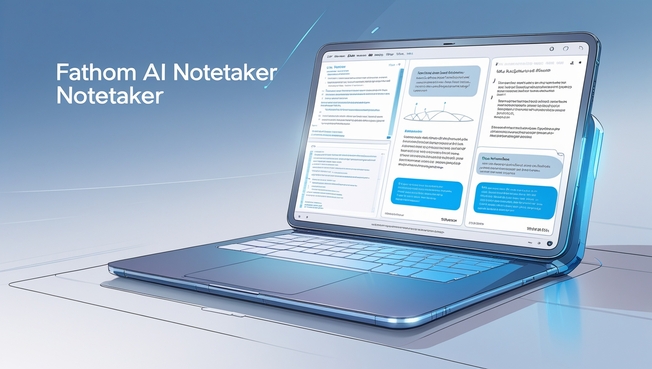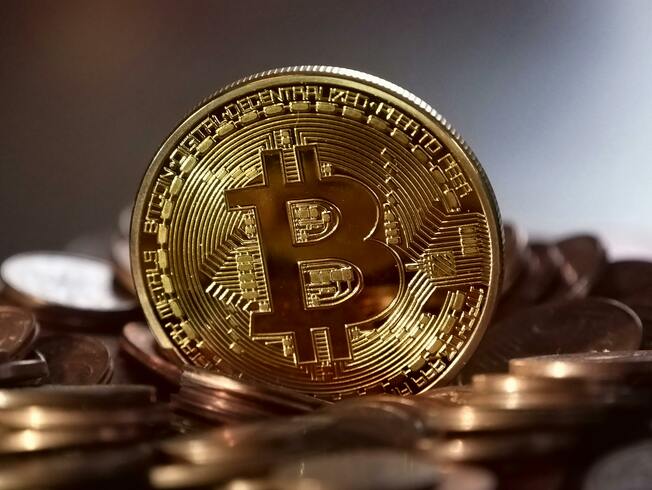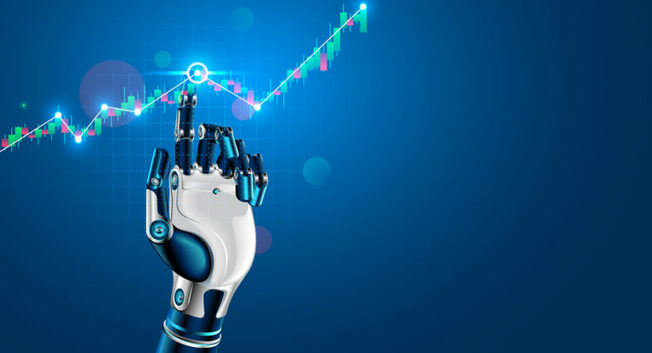
You may know Soichiro Honda as the founder of the Honda Company and a successful businessman. However, few people are aware that Soichiro Honda was the man who changed the usual view on the traditions of running a business and approaching success. His life story is not only inspiring but legendary!
Soichiro Honda was born on November 17, 1906, in Japan, Hamamatsu, Shizuoka in a very traditional working-class family. His mother- Mika, worked as a weaver and his father, Kihei, was a blacksmith, who ran a bicycle repair business. As a boy, Soichiro preferred helping his father in the bike shop rather than doing his homework. This was reflected in his poor grades. When Soichiro received his yearly grade report he was supposed to hand it to his parents for a ‘signature’ – a stamp with a family seal.
Not wanting to disappoint his parent, Soichiro cut out the family hieroglyphs on an old tire and “signed” a grade report for himself and for some of his fellow classmates, cutting similar stamps for them. What Soichiro did not take into consideration is that the stamp was a mirror-image, so the fraud was quickly discovered. When Soichiro Honda’s father found out about it, he made his son stay in a corner on his knees for a whole day. The punishment was not for the forgery, but for the fact that Soichiro did not notice the relation between the seal pattern and stamp itself.
In 1922, at the age of 16, Soichiro left home and headed to Tokyo to look for work. He quickly found an apprenticeship an Art Shokai auto repair shop and stayed there for six years. During the day he worked as a car mechanic and in the evenings worked on his dream – he was designing racing cars. When Honda had saved enough money to start his own auto repair business, he returned to Hamamatsu.
In 1928 he organized the Tohai Seiki Company to manufacture piston rings, the biggest part of which was sold to Toyota – a major Japanese car manufacturer. The business was going well, but Honda did not want to stop there. In the mid-1940’s Honda finally designed and manufactured a small engine that could be attached to a bicycle to create a motorbike.
The Second World War put a stop to this dream. In 1945 Honda’s factory suffered serious damage due to bombing. Everyone else would have seen it as a failure, but not Soichiro. The businessman sold the remains of his business to ‘Toyota’ for 450,000 thousand yen. What did he do next? He bought an alcohol tank for 10,000 yens and spent a year planning his new venture and treating friends with homemade whiskey.
In 1946 Honda opened his company called ‘Honda Technology Research Institute’ and started producing mopeds and motorcycles. Within a little, over a decade Honda was the leading motorcycle manufacturer in the world.
Honda’s approach to managing his business was very ‘unusual’ for most Japanese businessmen to say the least. He promoted executives on the basis of performance rather than age, did not believe in hierarchy, and tried not to hire professionals with higher education because he believed that “dogmatic thinking” would be an obstacle in the search for new ways of development. Honda also shocked the press declaring that he did not intend to transfer his business to heirs (two sons and two daughters), which he later proved by choosing a leader from his employees.
Having reached the top in the motorcycle industry, Honda decided that now he could proceed with the implementation of a cherished dream – to create automobiles. Unexpectedly, he encountered strong resistance from Japanese officials. They tried to convince the businessman that the country did not need another car manufacturer, that he was destined to fail. Honda persisted and in 1970 he became the winner in the highly competitive automotive industry.
At the beginning of the 80s, Honda Motor Co., Inc. was the third-largest producer of cars in Japan. And by the end of the decade, it was the third company in the world. Honda had worked for 65 years in the company and personally tested every new car.
The legendary businessman died on August 5, 1991. By the end of his life he had come up with over 470 inventions and 150 patents, received an honorary doctorate at Michigan Technical University and the highest honor of his country – Japan’s Blue Ribbon – and had a company with annual revenue of more than $ 30 billion dollars.
Honda’s humble beginning, persistence, and determination made him one of the most powerful and influential businessmen of the twentieth century. His story is known to be the most inspirational story that teaches us how to defeat stumbling blocks and win.
“Looking back on my work, I feel that I was doing nothing more than mistakes, blunders, and serious omissions. But I am proud of the achievements. Although I did one mistake after another, my mistakes and failures never occurred for the same reasons.” ~ 𝐒𝐨𝐢𝐜𝐡𝐢𝐫𝐨 𝐇𝐨𝐧𝐝𝐚 ~











Leave a Reply